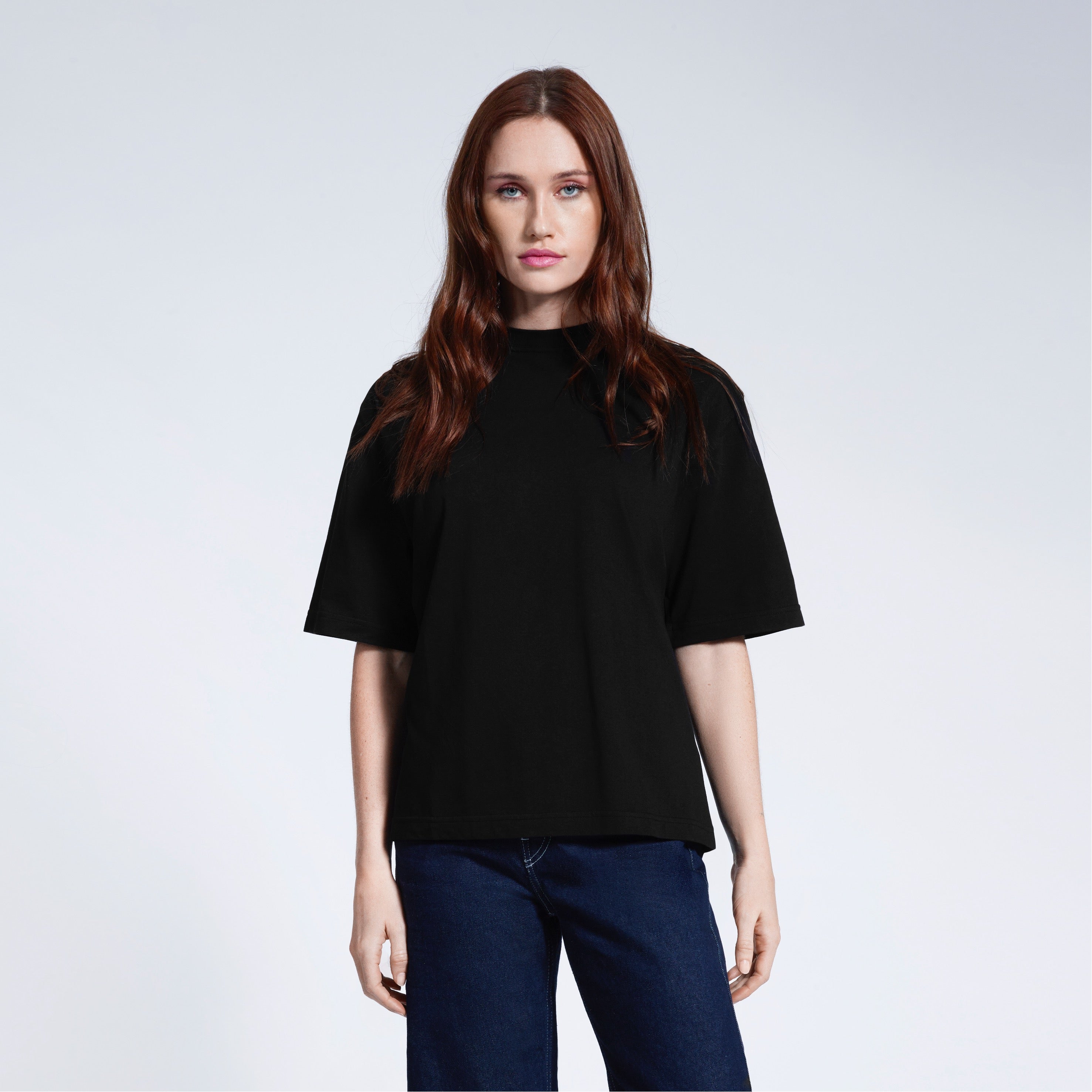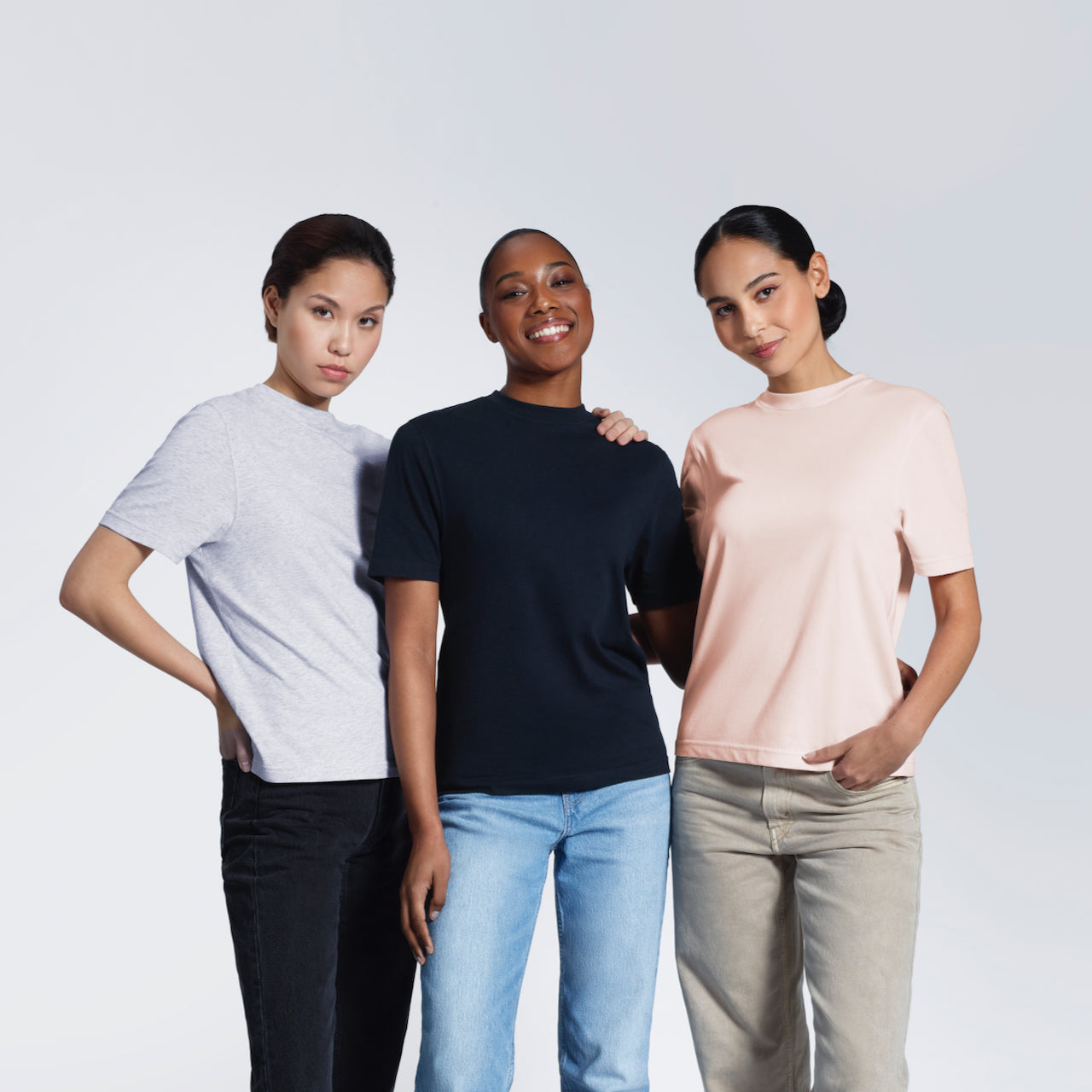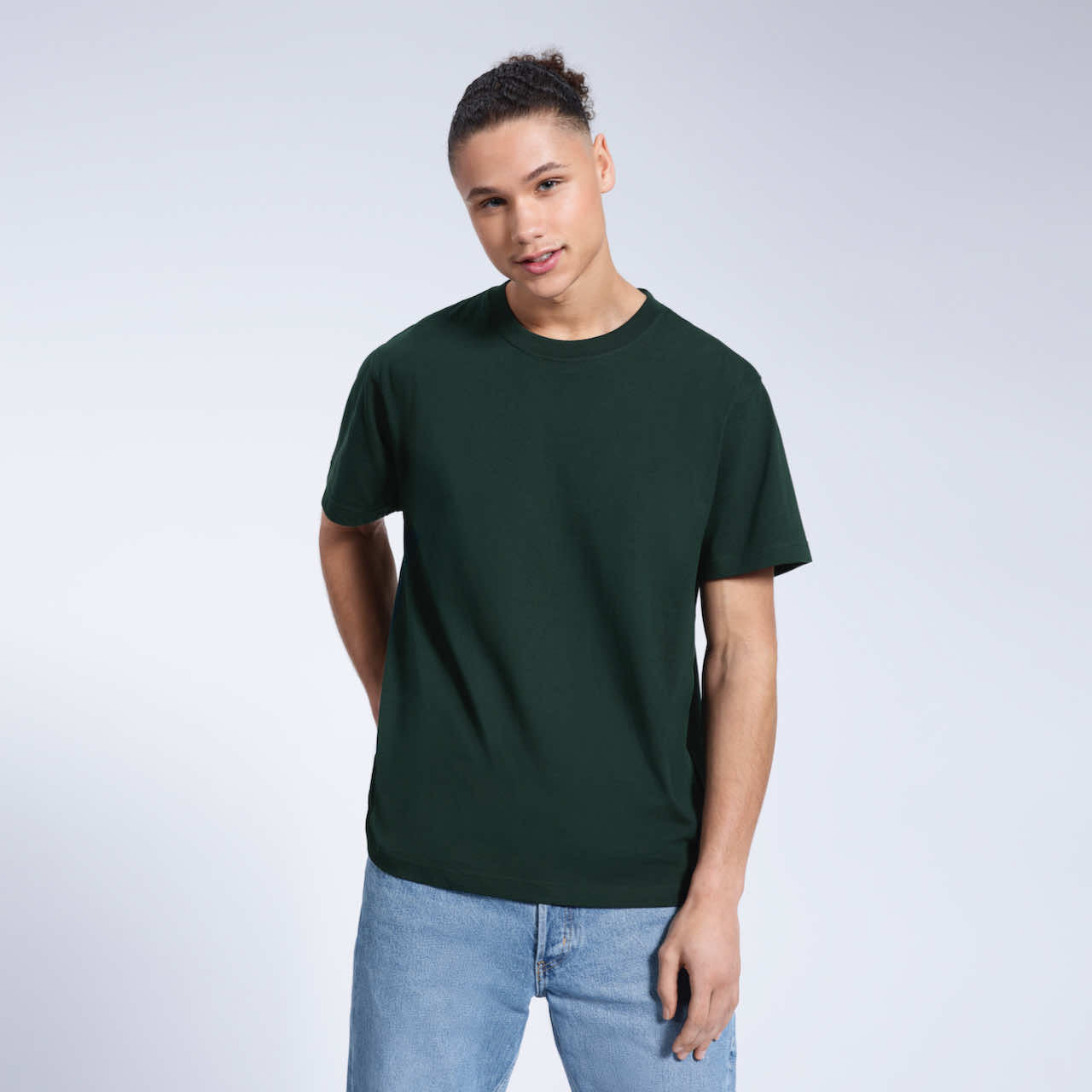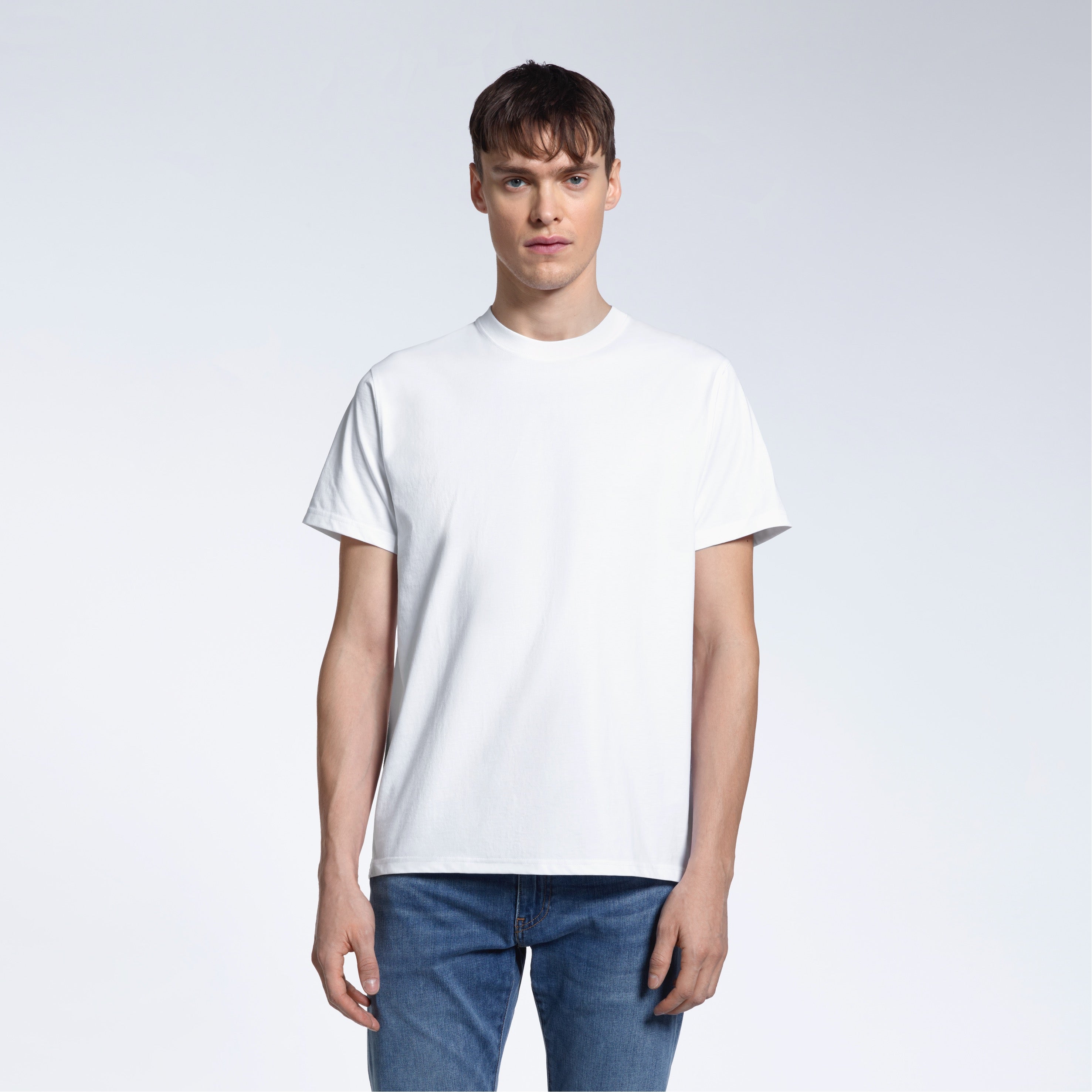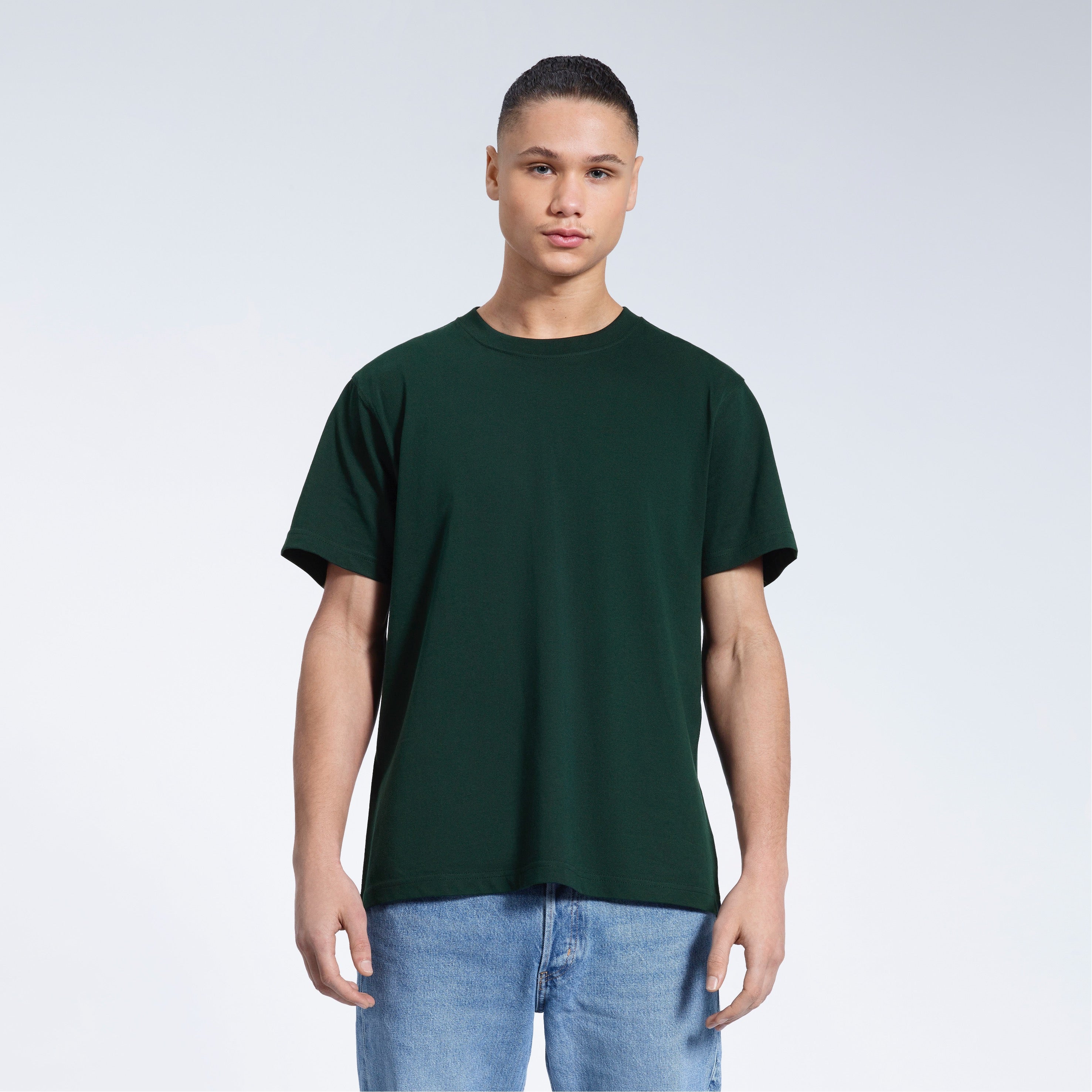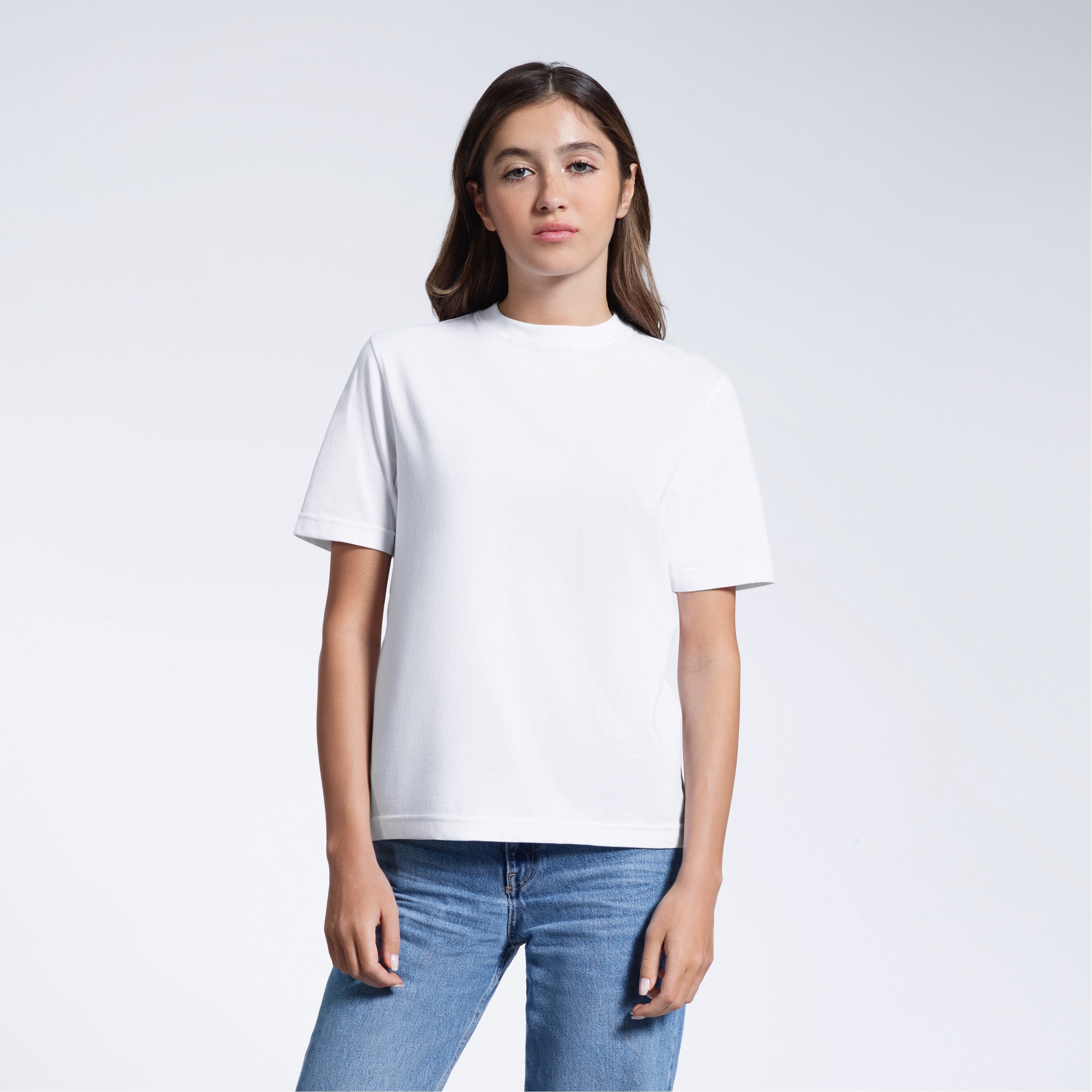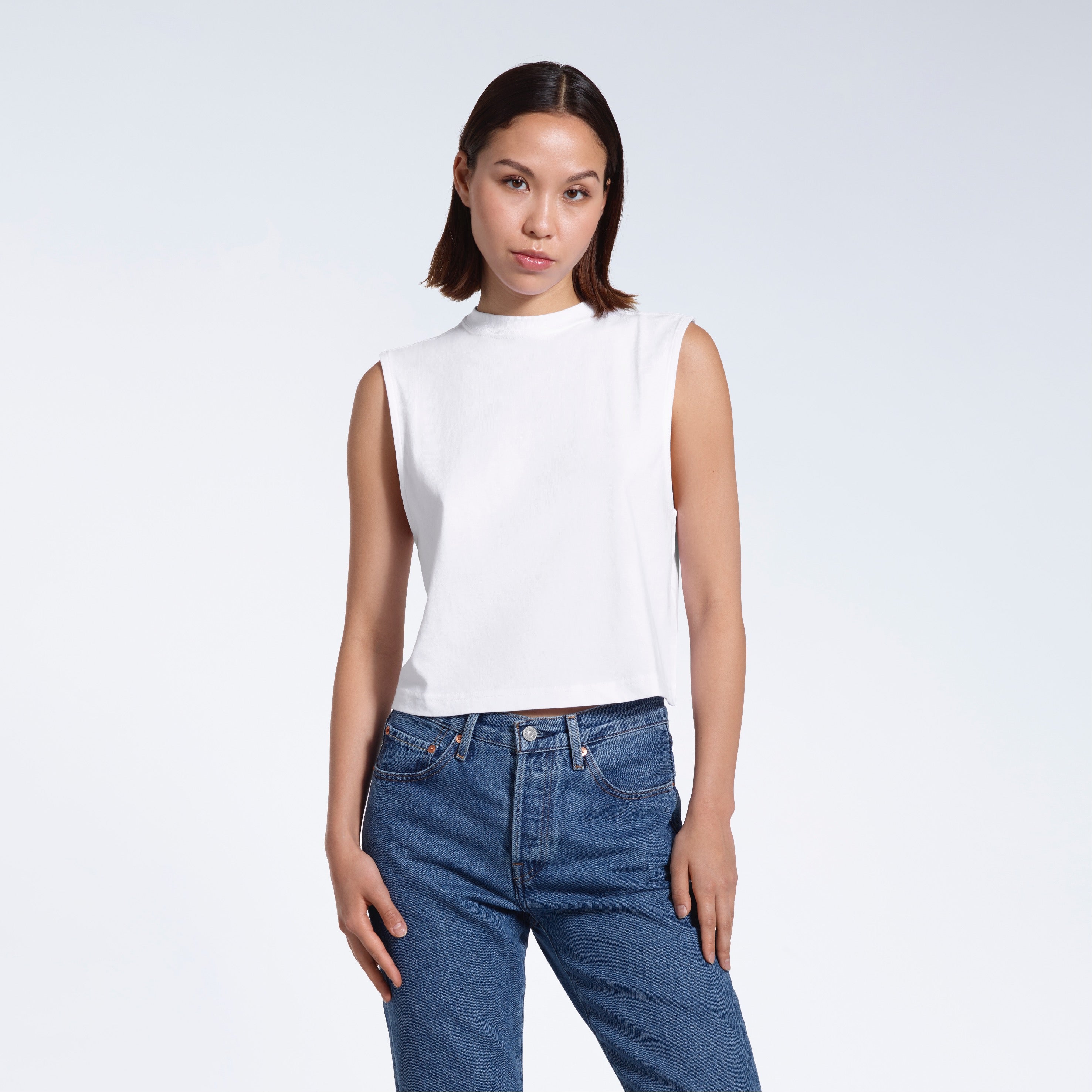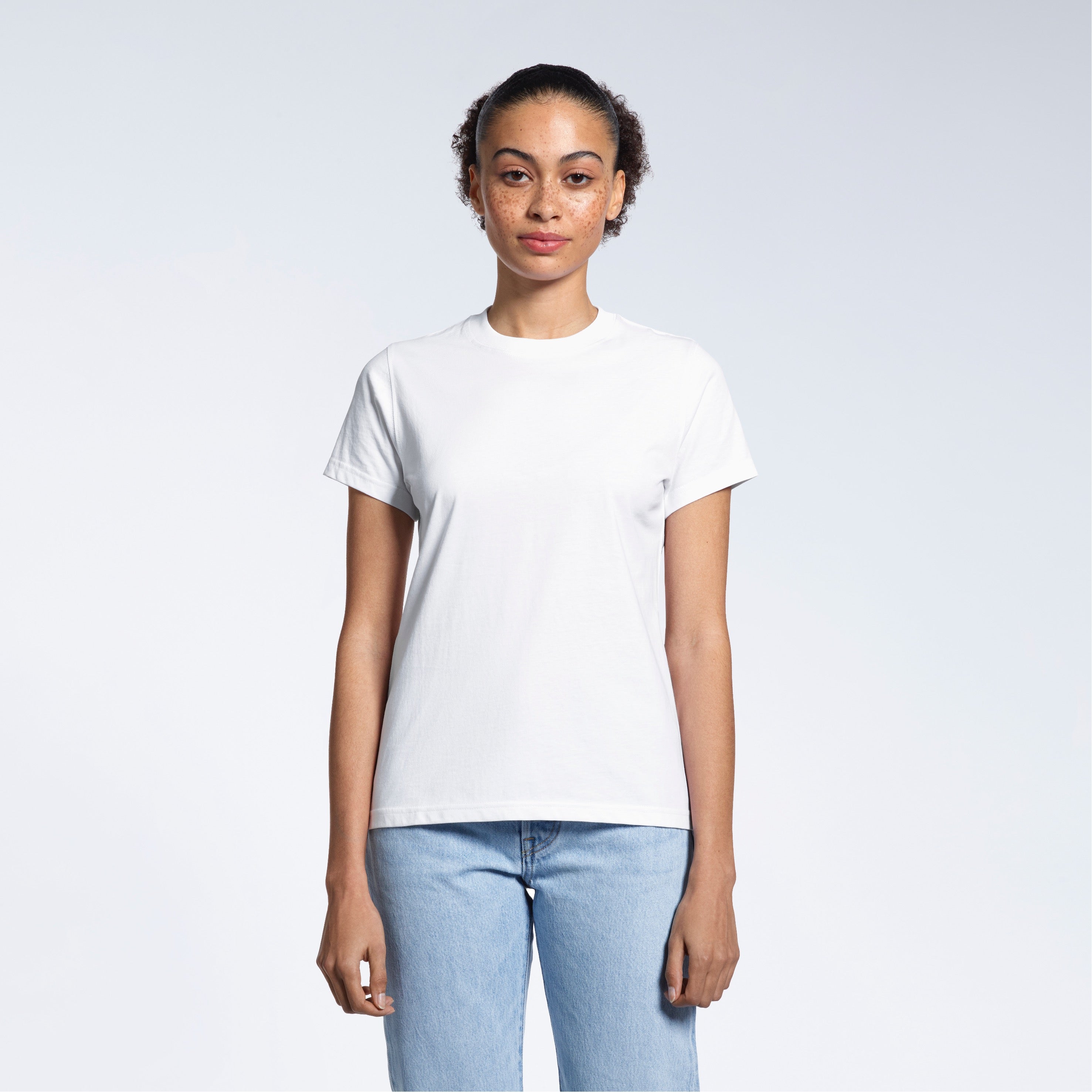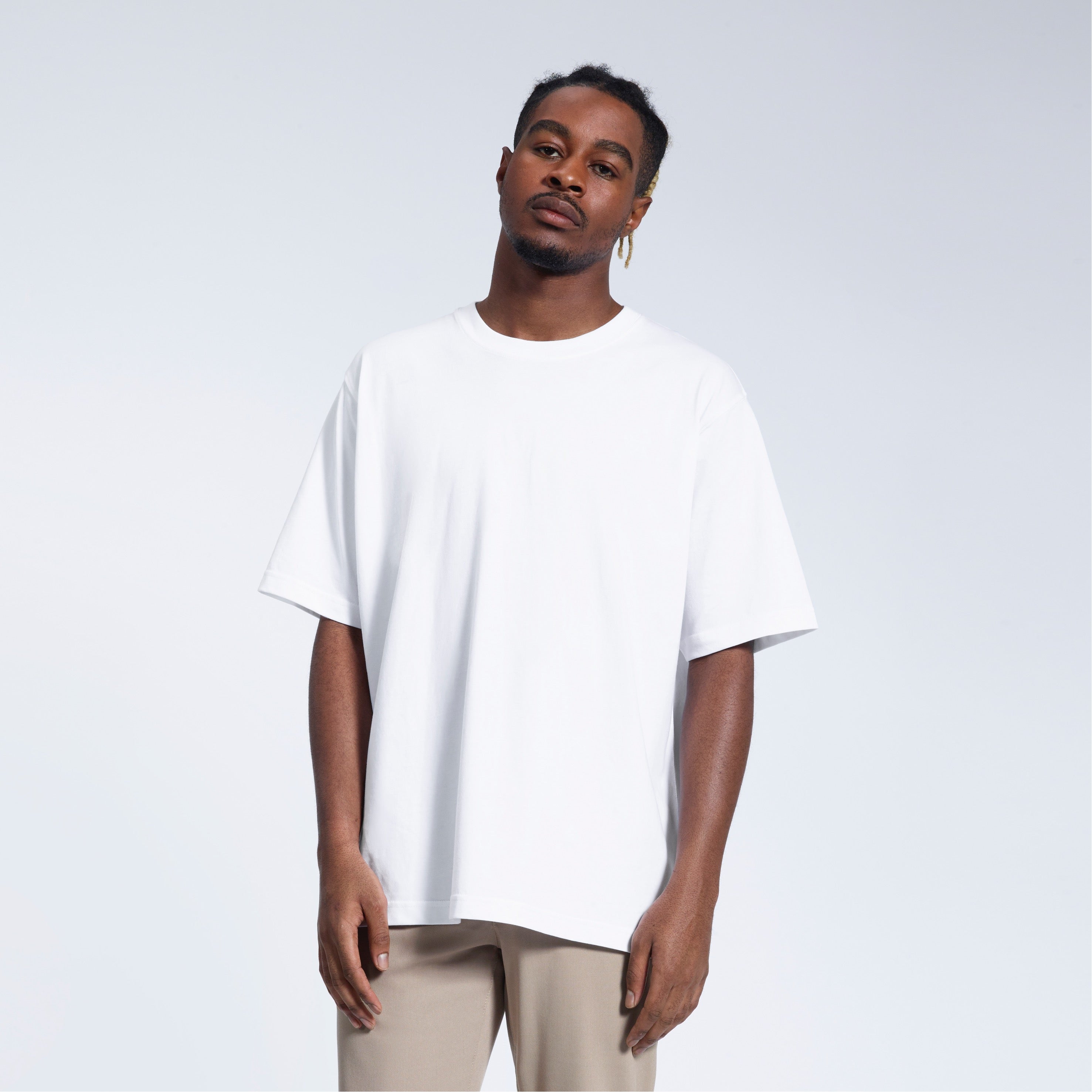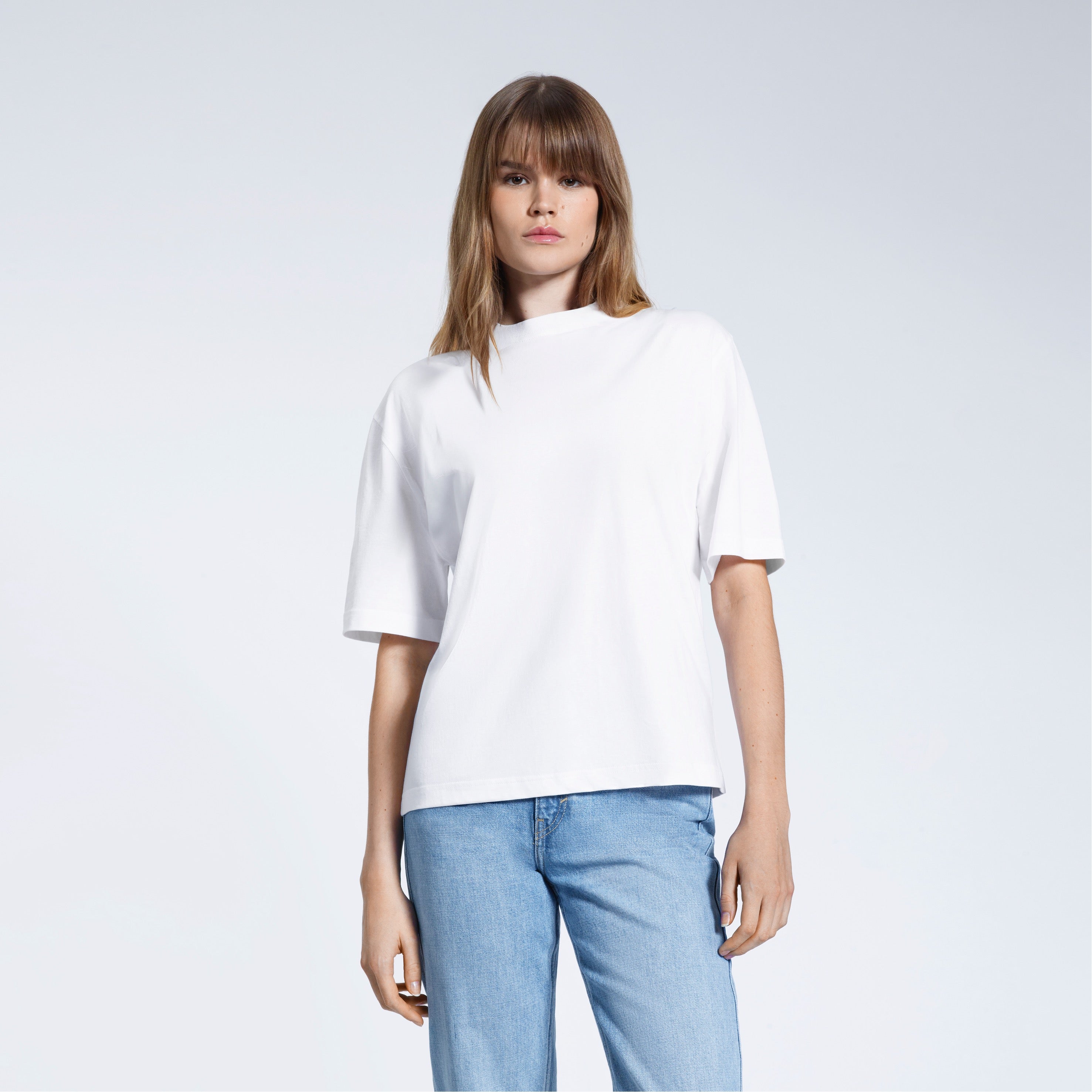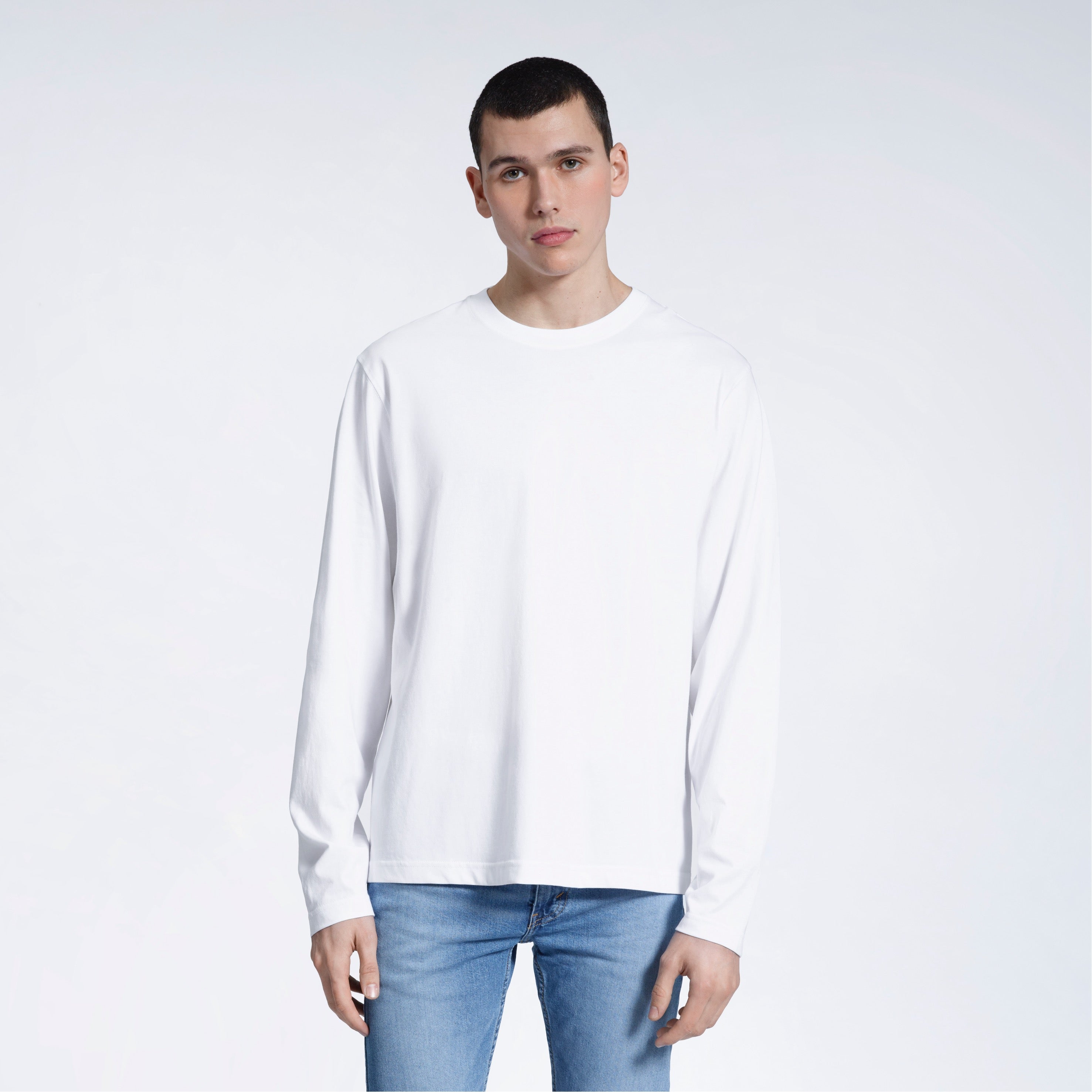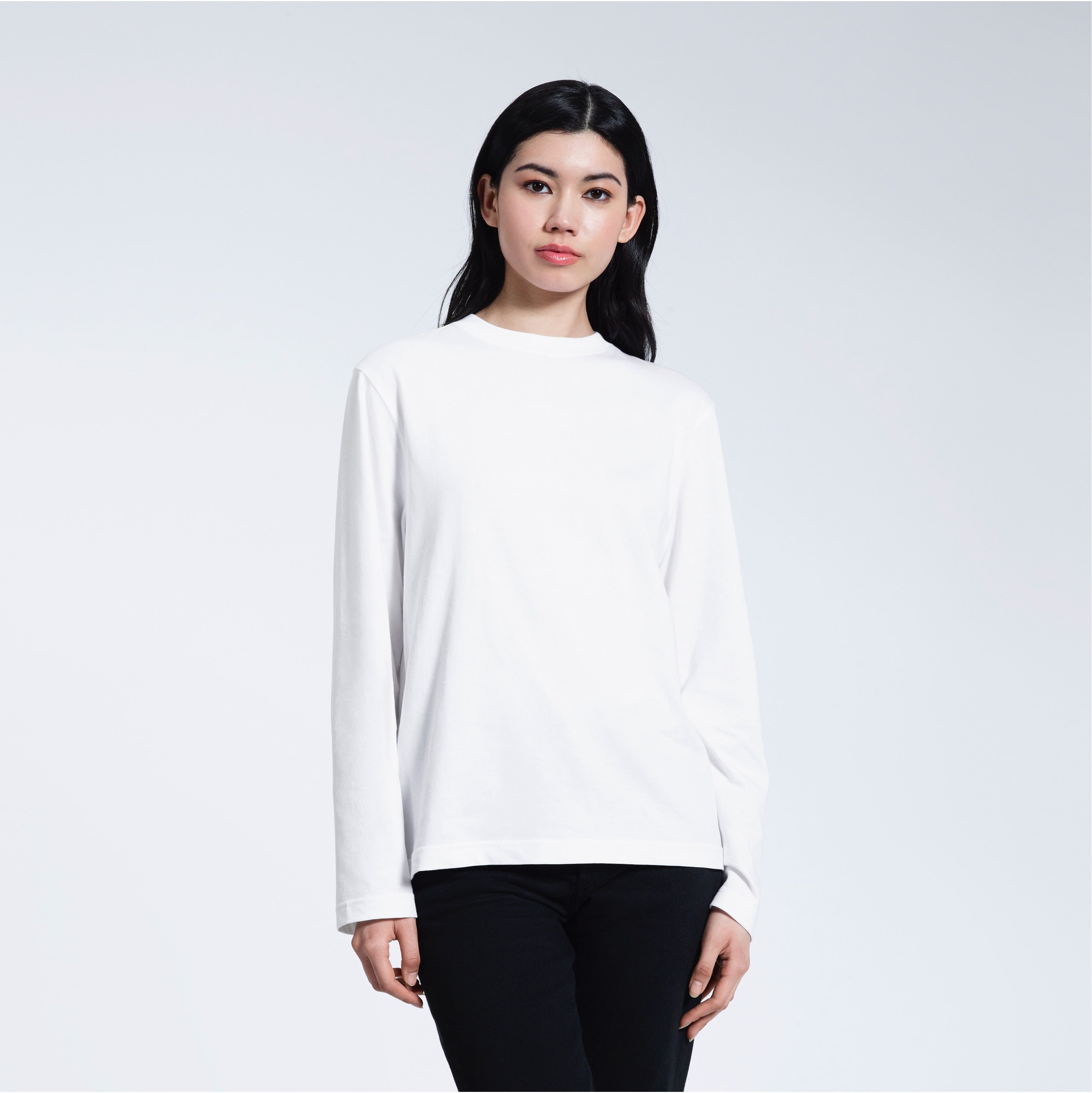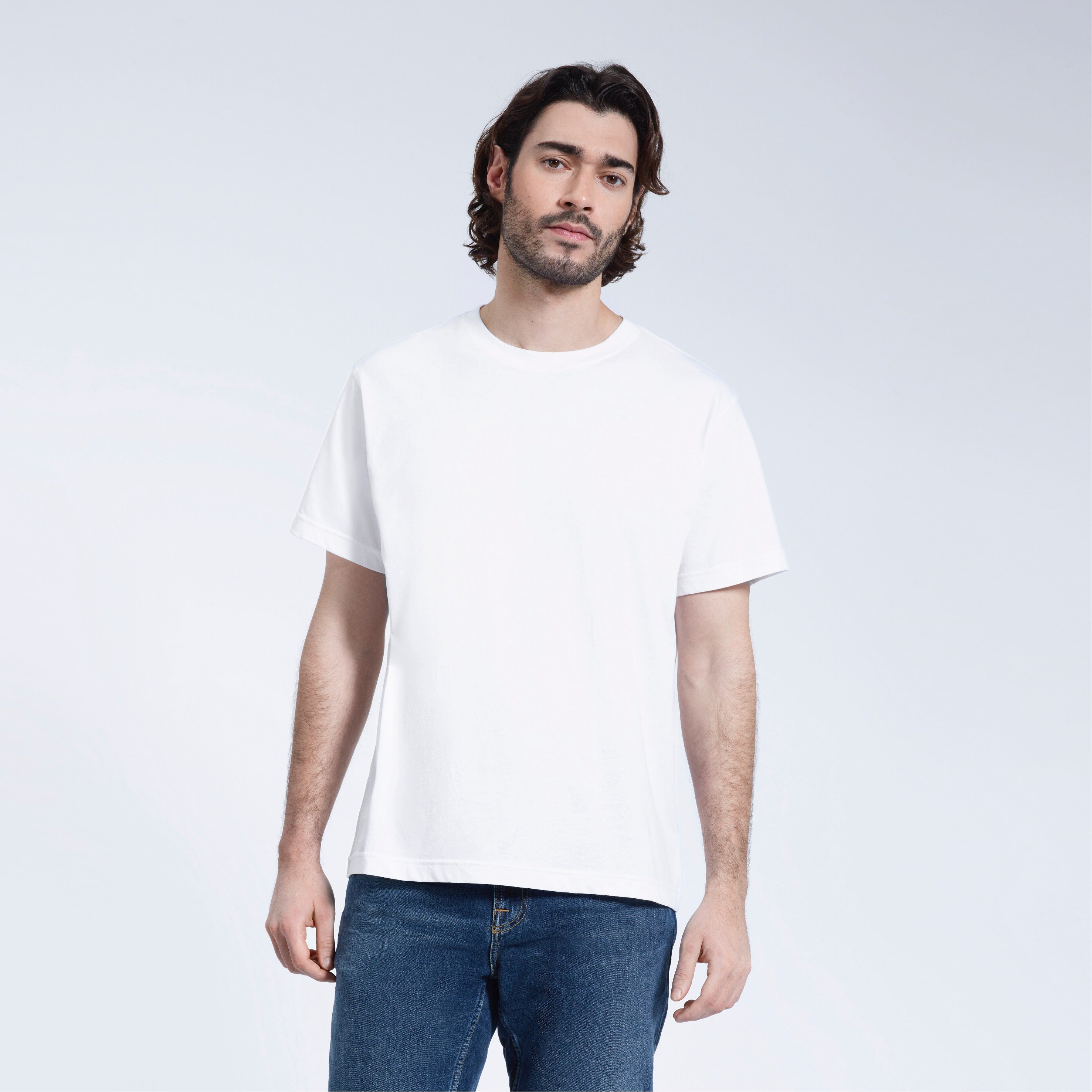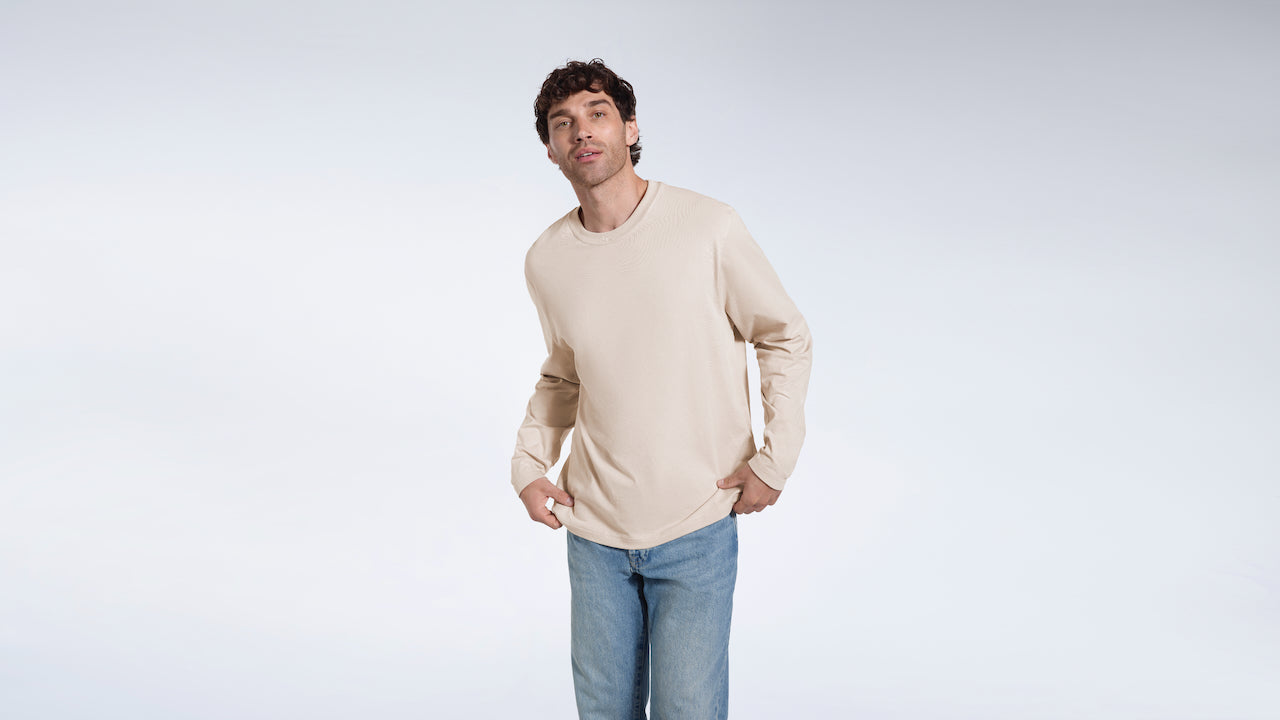
The Terrible Truths Behind Fast Fashion (and How to Avoid It)
Fast fashion has taken over wardrobes and shopping carts all around the world because of its low prices and ever-changing trends. But behind the cheap costs and latest styles are huge environmental damage, human rights breaches, and a throw-away culture that costs us more than we think.
We think that fashion should positively affect people and the environment. That's why we're going to tell you the awful truths about fast fashion and show you how to break the cycle, one mindful choice at a time.
What does "fast fashion" mean?
Fast fashion is the quick production of cheap clothes that are in style right now. Brands come up with new designs every week, and sometimes every day. This encourages more purchasing, one-time wearing, and a throwaway culture.
But that convenience and low cost come with a big price.
Truth #1: Fast fashion is bad for the environment
After oil, fashion is the second biggest polluter in the world. Here's how rapid fashion harms the environment:
-
Waste: Each year, the average person throws away more than 80 pounds of clothes. That’s 92 million tonnes of textile waste ending up in landfills around the world - every year.
-
Water Use: To make one cotton t-shirt, workers must use more than 2,700 litres of water, which would sustain 1 person for 2.5 years.
-
Pollution: Every time you wash synthetic materials (like polyester), they lose tiny pieces of plastic. These are called ‘microplastics’ and end up in our food chain through rivers and oceans.
Truth #2: It relies on taking advantage of others
Fast fashion brands depend on workers who are overworked and underpaid - and it’s usually women and children in underdeveloped nations.
-
Low Pay: Workers often make less than $3 a day, which is not enough to survive on.
-
Unsafe Conditions: The Rana Plaza collapse in 2013, which killed more than 1,100 garment workers in Bangladesh, showed how little the industry cared about people's safety and lives.
-
Child Labour: The International Labour Organisation says that 170 million kids work, and many of them work in the textile and garment industries.
Always remember - someone else is paying the real price when a blouse costs less than your coffee.
Truth #3: It Encourages People To Overconsume
The fast fashion model is based on making you think that what you have is already out of style. Trends change constantly, and it encourages people to keep up and buy new products in order to stay up to date. This leads to:
-
Impulse Buying: People buy stuff they don't need, especially if the prices are low.
-
Short Lifespan: Clothes don't last long because they are made poorly and use cheap materials. This is partly due to the rushed nature of the product development side, to have the pieces ready for sale whilst they're still on trend.
-
Disposability: People think of clothes as one-time-use items that should be thrown away after a few wears.
This isn't style; it's addiction in a plastic bag.
How to Stay Away from Fast Fashion
The good news is, we have power. Here are some useful techniques to fight fast fashion:
1. Buy Less, Choose Wisely
Begin with the idea that less is more. Buy things that are classic and will last, not those that are trendy and will go out of style next season.
Ask yourself, "Will I wear this 30 times?"
Put quality above quantity first.
Make a capsule wardrobe with pieces that you love and can wear in many different ways.
We make clothes at Plainandsimple that never go out of style. You can wear them, re-wear them, and love them.
2. Support Ethical Brands
Pick brands that are open about where their resources come from, use eco-friendly materials, and treat their workers fairly.
Look out for:
-
GOTS (Global Organic Textile Standard), Fair Trade, and B Corp. are some of the certifications.
-
Transparency: Brands that are honest about where, how, and by whom their clothes are manufactured.
We use organic, low-impact materials and fair labour to make each Plainandsimple piece. You should know where your garments came from.
3. Shop for used and vintage clothes.
Charity shops and second-hand sites like Depop, eBay and Vinted are fantastic places to find great clothes without supporting the fast fashion industry.
Make clothes last longer.
Cut down on your carbon footprint and save money.
Find unique things that show off your style.
4. Take care of your clothes
When we take care of our clothes, they last longer.
-
Wash in cold water and hang to dry.
-
Instead of replacing, fix.
-
To keep the shape and fabric of your clothes, store them correctly.
Taking care of your clothes is good for the world and your money.
5. Learn and teach others
The more we learn, the better we do. Find out more about eco-friendly fashion and tell your friends and community what you learn.
Watch documentaries like these:
-
The True Cost
-
Riverblue
-
Minimalism
Read books, follow ethical influencers, and support laws that strive for fair labour laws and environmental protections in the fashion business.
Our Promise: Plainandsimple
We don't simply make clothes at Plainandsimple; we design solutions to fashion’s biggest problems. Our clothes are:
-
Timeless in style
-
Made with certified organic fibres
-
Made in fair workshops
-
No plastic in the shipping
-
Made to last
We are delighted to be a part of a rising movement that cares about the environment, is open and honest, and respects people and the earth.
The Bottom Line
The low prices of fast fashion are a lie. When we look below the sales and convenience, we see an industry that lives on rubbish, pollution, and poverty.
But things can change.
We can make the world and our wardrobe better by buying less, choosing better, and supporting brands that share our beliefs.
Let's take it easy. Let's be more conscious when we buy. Let's get back to fashion that is timeless, uncomplicated, and useful.
